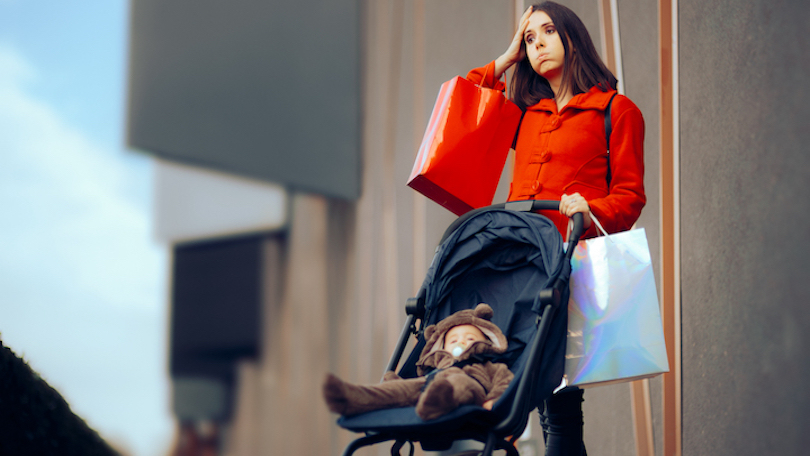No Christmas spending boom, warns ARA

Australian consumers are continuing to tighten their budgets as the cost-of-living crisis – including high interest rates – bites into their disposable income. As a result, the Australian Retailers Association predicts that pre-Christmas spending this year will be in line with last year’s.
“Last year, Christmas spending was bolstered by a record freedom spending phenomenon with delayed overseas travel, whereas this year – shoppers are expected to be much more conservative with their budgets,” said ARA CEO Paul Zahra.
“This year we anticipate a bargain-driven Christmas shopper, who will actively seek out the best deals and look for value purchases.”
Zahra said the marginal 0.1 per cent increase in spending forecast this year is being inflated by supply chain price rises and a net increase in Australia’s population.
“If you exclude these factors, overall Christmas spending is in decline.”
Zahra was commenting on forecasts prepared in partnership with Roy Morgan, which predicts $66.8 billion will be spent in the November to December 24 Christmas trading period – just $74,000 more than last year.
And that prediction is subject to future monetary decisions by the Reserve Bank of Australia which has kept the cash rate stable for four consecutive months but – dependent on petrol price movements – may raise it further on Melbourne Cup Day, when the November decision is revealed.
The research shows spending on food will account for the largest share of spending in the Christmas lead-up, accounting for $26.7 billion. That will represent a 2.4 per cent increase on last year, driven by inflation.
Hospitality spending is predicted to fall by 4.2 per cent, household goods by 3.2 per cent and apparel by 0.8 per cent.
However, department stores are expected to see a 2.9 per cent improvement and other general retailing – including books, cosmetics and recreational goods – by 1.7 per cent.
By state, SA and ACT are expected to record a 1.2 per cent increase in retail sales, Tasmania up by 0.7 per cent, WA by 0.5 per cent, the NT by 0.3 per cent and Victoria by 0.2 per cent. Spending in Queensland and NSW is predicted to fall marginally – by 0.3 per cent and 0.2 per cent respectively.
Anticipating a “mixed holiday season for retailers” Zahra said the consumers will be end winners.
“With increased competition and reduced spending across discretionary categories, retailers will be motivated to entice the budget shopper.
“For many discretionary retailers, up to two-thirds of their profit is made during the all-important Christmas trading period, so it is shaping up to be a period of business uncertainty this year,” he concluded.
Comment Manually
You must be logged in to post a comment.

No comments